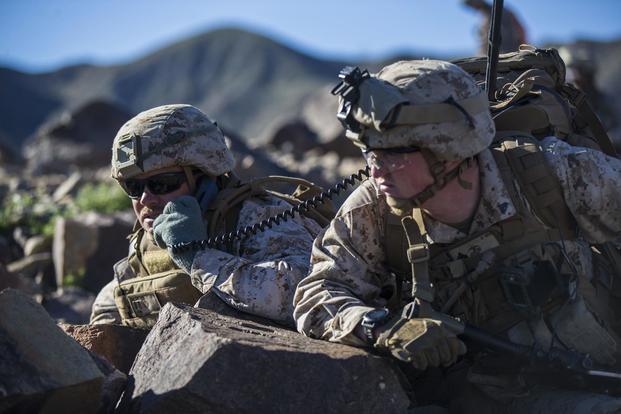US and NATO Radios Can’t Talk to Each Other. The Air Force Wants to Change That
Air Force Research Labs are working on a problem that drove former Lt. Gen. Ben Hodges up against a wall when he was commander of the U.S. army Europe: the radio stations.
“It’s something that’s been bothering me for at least three years,” he said of the lack of secure interoperability between field radios used by U.S. troops and those of NATO allies.
“They can’t talk to each other safely,” Hodges said at an Association of the U.S. Army event just before he retired in 2017.
It’s been years since launch and significant cybersecurity issues remain to be addressed, but Air Force is advancing the next generation of software-defined radio (SDR), Michael Gudaitis, chief engineer at the Air Force Research Laboratory, said Thursday at the Pentagon’s annual Lab Day showcase of emerging military technologies.
The Air Force Laboratory Day brochure says the Department of Defense “uses many different communication methods and technologies, most of which are not readily compatible.”
SDR aims to bring about “a change in the communications landscape using an agile software development process that will ultimately allow all warfighters and machines to communicate with each other,” the brochure states.
Assessing Hodges’ dilemma, Gudaitis said that US and NATO troops “may all be using the same frequency, but they still can’t talk to each other. It’s a matter of getting the pieces right.”
He said it was difficult to change the hardware settings, but the software was “literally like an app” that could be installed to enable communication.
Most allied radios use the same frequency band, he said, adding that the solution could be to “reprogram ours to work with them”.
But the problem of securing communications will remain, Gudaitis said.
Another issue is cost, he added. Radio equipment is expensive, and being able to withstand the heavy wear and tear it would receive in the military makes it even more expensive.
Gudaitis said military radio is two to three times more expensive than commercial radio.
Software-defined radio offers “the promise of being able to embrace software-driven advances such as artificial intelligence and machine learning,” Air Force Labs officials said.
The SDR program began in 2015, and testing has continued annually since 2016 at the Air Force Laboratory in Stockbridge, N.Y., Gudaitis said.
He said it was possible for SDR to become a program of record within three years, but warned that “we still need to pay attention to cybersecurity policies.”
It’s a problem of finding the right balance between interoperability and security, he said. “It’s still a work in progress.”
— Richard Sisk can be found at [email protected].


Comments are closed.